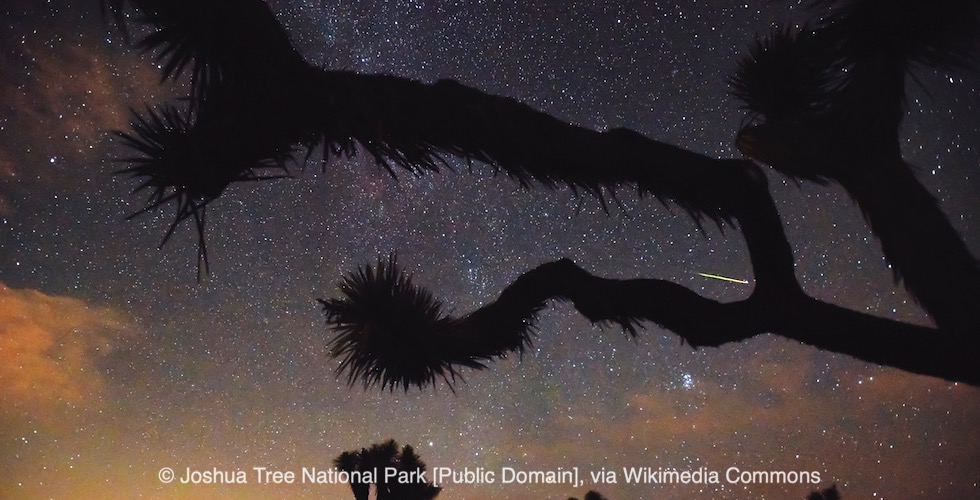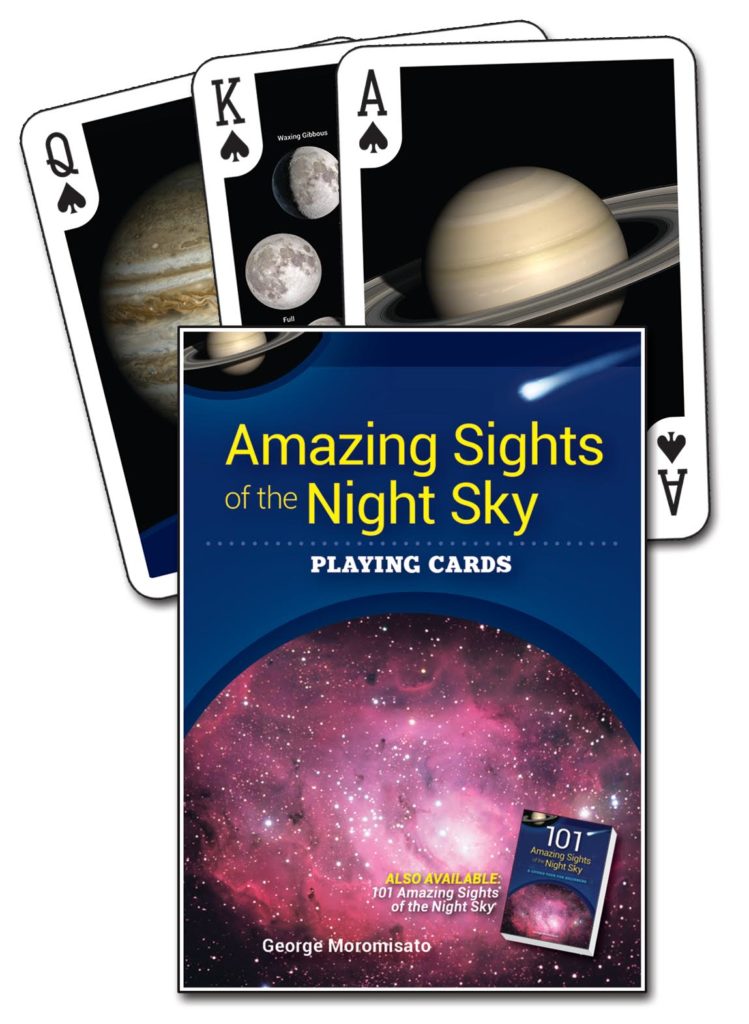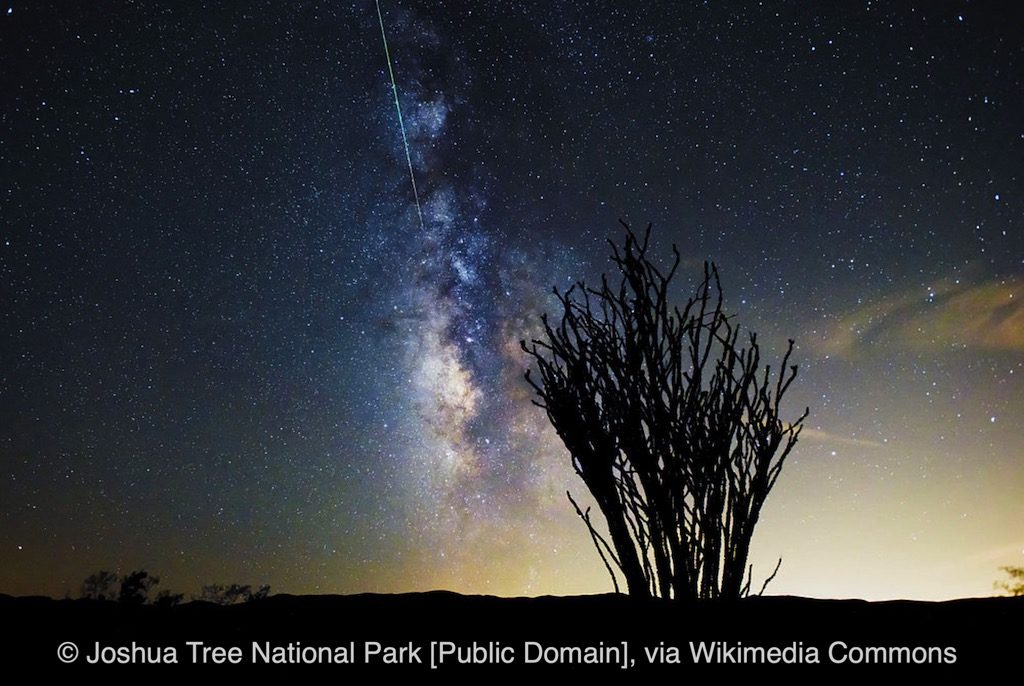
Perseids Meteor Shower: An Amazing Show in the August Night Sky

In celebration of the upcoming Perseids meteor shower, we are giving away five sets of Amazing Sights of the Night Sky playing cards. The deck of 54 playing cards features 52 individual images of amazing astronomical sights, plus 2 jokers.
With their full-color images, a simple guide
to pronunciation on each card, and suits organized by type of astronomical object, these cards are perfect for games or as flashcards.
Stargazing is among the most peaceful and inspiring of outdoor activities. If you have a passion for astronomy, there are plenty of fascinating sights to be discovered in the night sky. But unlike the stars, the planets, and the moon, some celestial events are not always close enough to our location on Earth for us to enjoy. Comets, full solar and lunar eclipses, as well as meteor showers are much rarer sights; however, when they do occur, they are breathtaking events.

The last time the Swift-Tuttle comet passed near our planet was in 1992. The debris and dust the comet left behind, however, still provide an annual show in the sky when Earth passes through the comet’s path from about mid-July to mid-August. This year, the Perseids meteor shower peaks on the night of August 12th or August 13th. Unfortunately, on that night, the moon will be nearly full and its brightness will obscure most of the meteor shower. Your best chances to see these amazing shooting stars will be 1 hour before dawn. The Swift-Tuttle comet will be seen next in 2126 with a brightness as close as the 1997 Hale-Bopp comet.
If you are interested in stargazing, you will love George Moromisato’s magnificent, full-color 101 Amazing Sights in the Night Sky, which was written with accessibility and ease of use in mind. The book, a curated guide to the best the night sky has to offer, covers everything from viewing the moon, Mars, and Jupiter to spotting the Andromeda Galaxy.
But now to the GIVEAWAY. Make sure to enter right now, and good luck!
If you enjoyed this post, sign up for our newsletter now!
You may also be interested in reading George Moromisato’s blog about observing a total eclipse of the sun.


